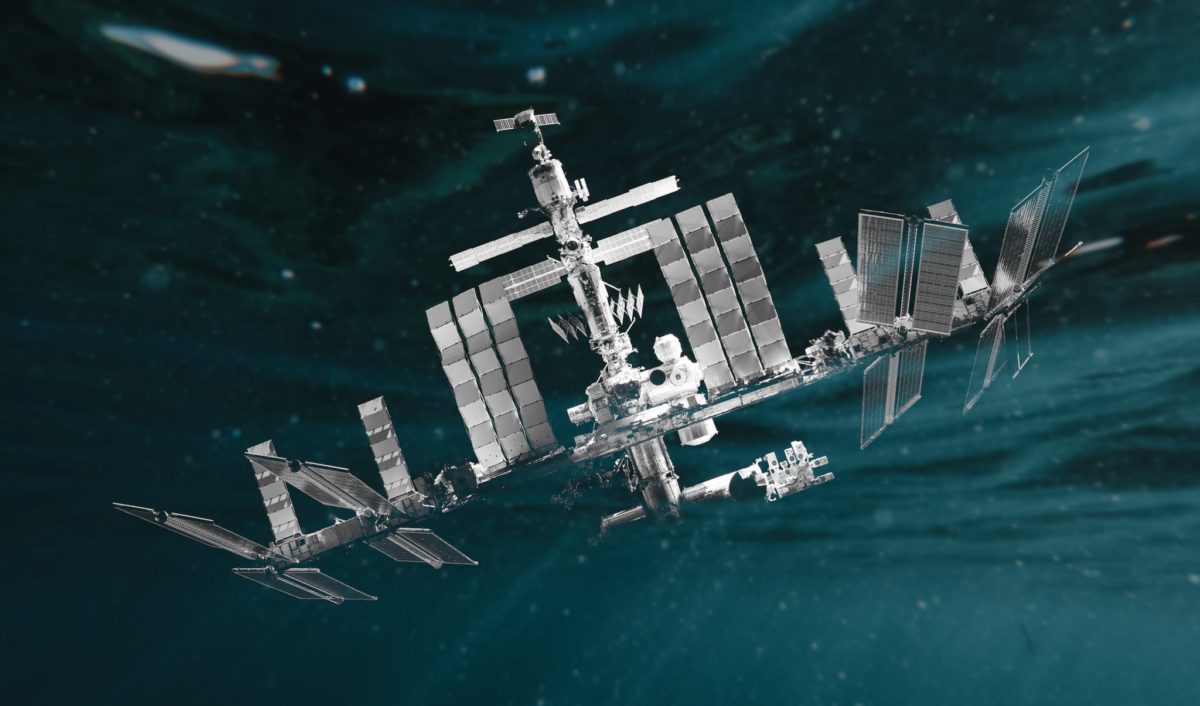After more than two decades of scientific service, the International Space Station (ISS) is expected to be retired in 2031. The ISS has allowed for extensive understanding of earth and humans thus transforming our understanding of many scientific systems and processes. Though most satellites drift into the atmosphere and eventually burn up, most of the ISS will be sunk into Point Nemo, a remote area of the Pacific Ocean. In fact, it’s the furthest point from any land on Earth.
However, some scientists are concerned for the unknowns and long-term effects of throwing space satellites into the ocean. Professor Erik Cordes from Temple University states that “The more (ocean) exploration we do, the more really amazing habitats and ecosystems and animals we start to discover on the ocean floor.” The unpredictable outcomes of this project have prompted some scientists to believe that more surveying and research should be done in the Point Nemo area before the ISS takes final rest in its ocean grave.
